The Lower Mississippi River Water Trail
111.8 LBD Small Sand Dune
There is a small sand dune with soft landing that forms in low water, and would make for good camping or picnicking at any water levels below 8NO. Good protection from levee by thick brushy woods.
112.1 East Jefferson Parish Discharge
A low water sandbar is found downstream of the East Jefferson Parish Discharge, but this is a place you will definitely want to avoid except in emergency situations. Black water releases are common. As with similar sized communities across America, East Jefferson Parish communities are having difficulty keeping storm water separate from waste water, and street dumpings of motor oil, paints, and other unwanted liquids are all too frequent.
Jefferson is a long, narrow Parish (County) in Louisiana, adjacent to the city of New Orleans, reaching from Lake Pontchartrain on the north, about 55 miles south to Grand Isle, on the shores of the Gulf of Mexico. The northern 14 miles of Jefferson is split by the winding Mississippi River into an East and West Bank and this portion of the Parish is considered urbanized, and part of the New Orleans Metropolitan Area. In addition, the Parish is further bounded by estuarine systems of the Gulf of Mexico, at tide level. Most of the population of Jefferson (nearly ½ Million) is in this urbanized metropolitan area, which has relatively flat topography with ground elevations varying from slightly above to about five (5) feet below sea level. Flood control is provided by a system of levees, floodwalls, canals and drainage pump stations. All storm water runoff is conveyed by gravity through a system of subsurface drainage lines and canals into the suction bays of various pump stations then pumped into surrounding bodies of water outside of the flood protection system. The Department of Drainage is responsible for the administration, direction, coordination and implementation of major drainage and flood control programs and direct operation, construction and maintenance of: 340 miles of drainage canals, drainage ditches, 1465 miles of street subsurface drainage systems, and the operation and maintenance of 53 drainage pump stations. The Drainage Department also schedules and monitors pump station screen cleaning operations, canals and waterways trash pickup and grass cutting. The Department plans and coordinates construction of capital improvements and special projects. It maintains and manages the Parish wide Drainage and Flood Control System, Supervisory Control and Data Acquisition (SCADA) flood gauges and associated structures. (Jefferson Parish Drainage District)
111 – 108 Avondale Bend/the “River Illusion”
As you paddle into Avondale Bend the busy industrial Kenner reach fades away and some quietness returns along with long lines of trees on both sides of the river, giving the illusion of paddling through a wild wooded place. We call this the “river illusion.” The “river illusion” is found on rivers big and small all over the interior of America. I’ve felt it on the Missouri, the Pearl, the Sunflower, the Yazoo, and many others. Enjoy this illusion while it lasts! Industry awaits just around the corner where Chemical Corridor resumes is methodic march of giant refineries, graineries and scrap steel units.
Click here for more reading about the “River Illusion” [Insert Link]
112 – 109 LBD Twelve Mile Point Greenspace
This Chem Corridor Greenspace is the thinnest yet encountered on the Lower Mississippi, but provides all of the buffer necessary to achieve the “river illusion,” that peaceful sensation that only a paddler can enjoy. Even though this Greenspace is a thin slice of batture woods only a 100 feet wide (or less), the downstream canoeist or kayaker (or paddleboarder) feels all of the peace and harmony achieved in the wildest of river places. Most of the greenery is found along the East Bank (LBD) below the sand dune at 111.8 LBD. Good picnicking or camping up to 10NO can be located along the way, especially at 110LBD, but also at 12 Mile Point 109 LBD.
110 – 109 LBD Twelve Mile Point
Last remote camping/picnicking above New Orleans, but only in low/med water levels. As you round Avondale Bend in low or medium water levels, you will notice several small skinny dunes East Bank — hung along the inside of the bend at Twelve Mile Point. These narrow shelves are the last remote camping/picnicking above New Orleans (in low/med water levels). But you will probably have to make landing on rip-rap for access, unless you hit it at exactly the right water level (around 8NO gage). If you stop here, lift or slide your vessel completely out of the water and onto the sandy shelf (or risk capsize in waves from fast-passing ships!). In higher water levels you could find shelter in the woods above. Several possible campsites or picnic sites will be found along high bank, with the levee not too far through the woods behind. You won’t find any possible landings below the point (at 108.5 LBD) where a long line of fleeted barges begins.
Elmwood/Bridge City/Jefferson Industrial Reach
As you come around 12-Mile Point and approach the Huey P. Long US 90 Bridge the momentary quiet preceding the Avondale Bend ends and paddlers will again be squeezed into the middle of the channel by bank-to-bank activity on both sides of the river, including wharves, cranes, stevedoring, fleeting, graineries and anchorages, especially busy around the Litton Industries Docks No’s 1, 2, 3 and 4 which are all strung along this right bank descending from 107.6 – 106.6 RBD just above the Huey P. Long Bridge. Watch carefully for freighter traffic as you come around Nine-Mile Point, a particularly tight bend of the river.
108.4 RBD Wood Resources Corp., Avondale Wharf
108.3 RBD International – Matex Tank Terminals, Ltd., Avondale Dock No’s 1, 2 & 3
108.2 RBD – International Matex Tank Terminals (IMTT) Avondale
IMTT Avondale is a 100 acre bulk liquid terminal with 82 tanks for 1.1 million barrels of total capacity. Tanks range in size from 3,000 to 80,000 barrels. The terminal handles vegetable and other natural oils, specialty chemicals, and non-flammable petroleum products.
107.8 RBD Litton/Avondale Industries, Inc., Main Plant Wet Dock No. 1
107.7 RBD – Avondale Ship Yard
As you come around 12-Mile Point and the Huey P. Long Bridge appears downstream, paddlers will be amazed by the largest drydock yet seen on the Lower Mississippi River. If it seems as long as an ocean-going freighter, guess what: it is! This mega-drydock (anchored West Bank) is what remains of the legendary Avondale Shipyards.
Avondale Shipyards was founded in 1938 as Avondale Marine Ways. Initially the yard built barges and a few tugs but when the war effort started, it expanded to build large tugs and small cargo ships for the U.S. Maritime Commission. After the war, it expanded to its present site and also to a repair yard on the Harvey Canal. In May 1959, the original owners sold it to Ogden Corporation for $14 million and it became Avondale Shipyards Inc. as of July 1st, 1960. It was the site of the modernization of the USS Iowa in the early 1980s and built US Navy and US Coast Guard ships. At one time, it was the largest employer in the state of Louisiana with about 26,000 employees. It was later acquired by Litton Industries, then by Northrop Grumman Corporation, and most recently acquired by Huntington Ingalls Industries. In June of 2015 Huntington Ingalls stated it’s intention to sell the facility, which now sits idle. (Paul Orr)




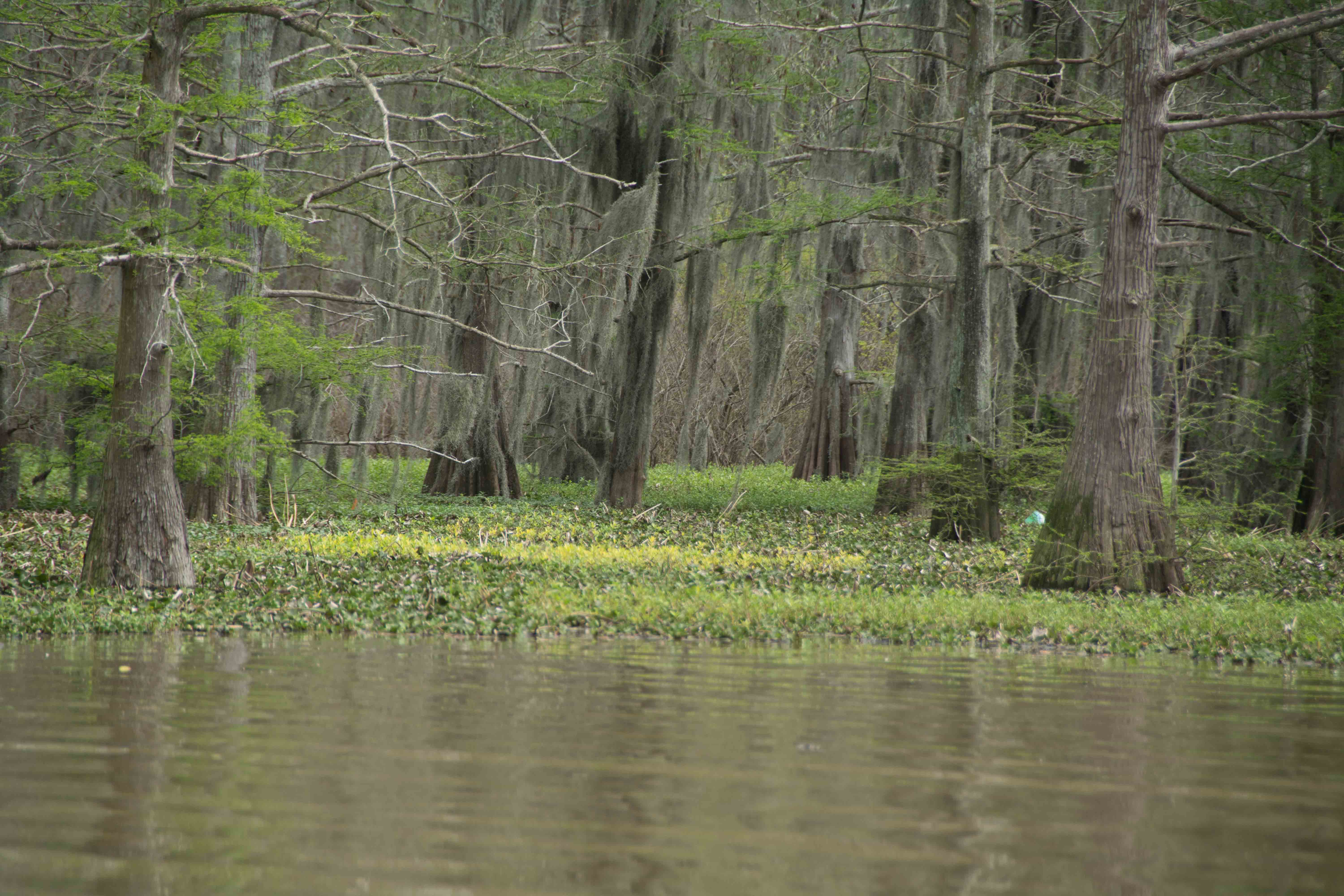
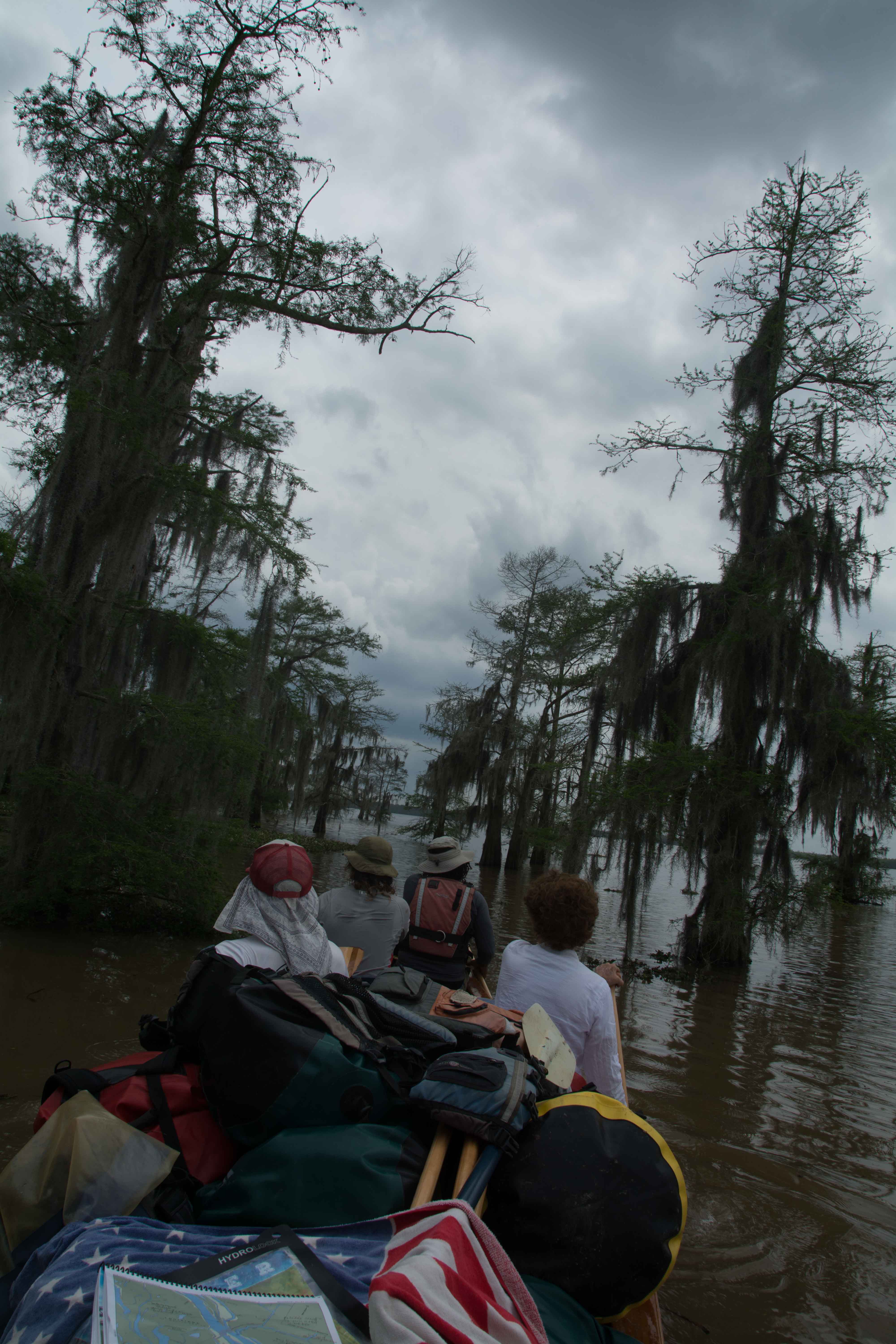

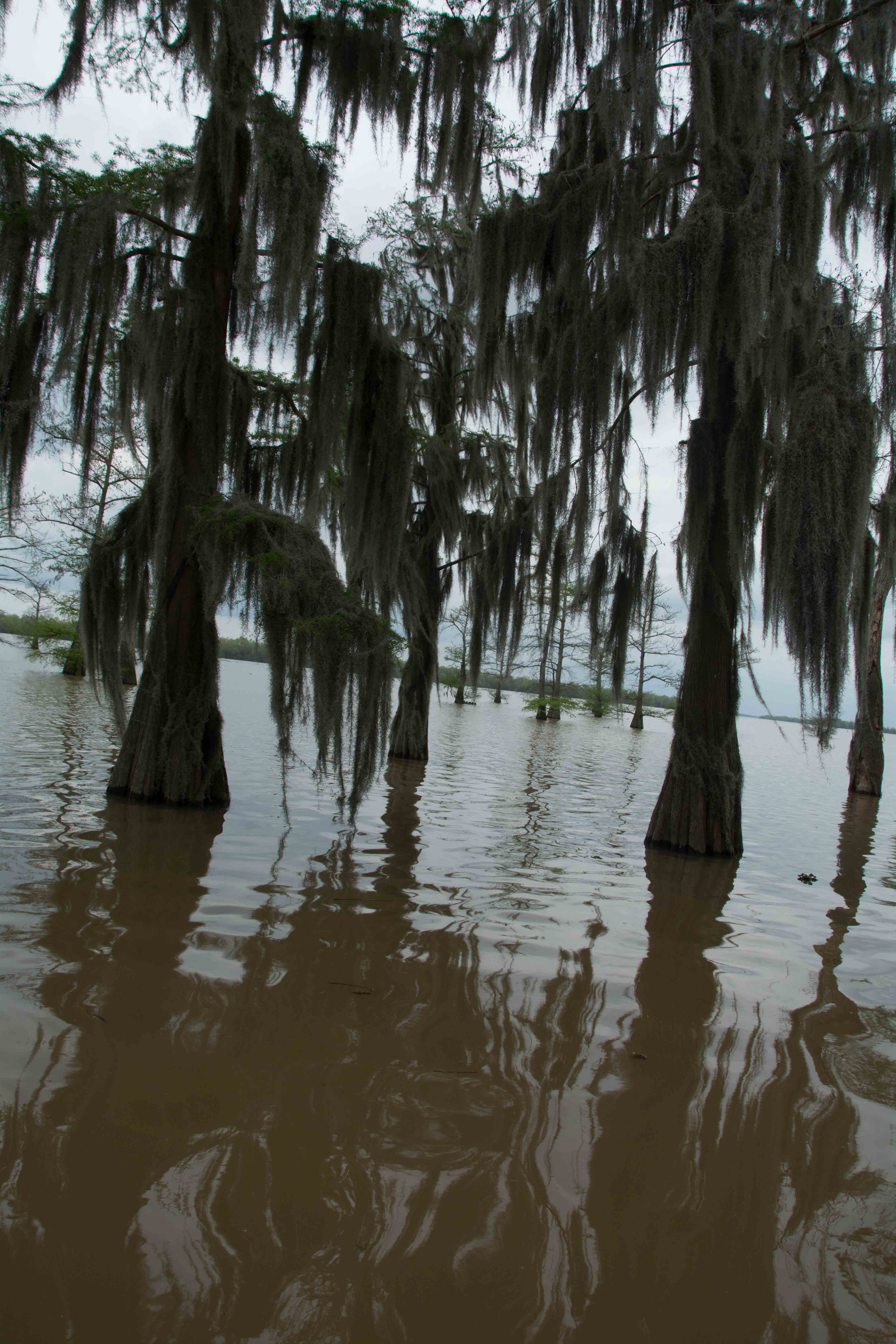
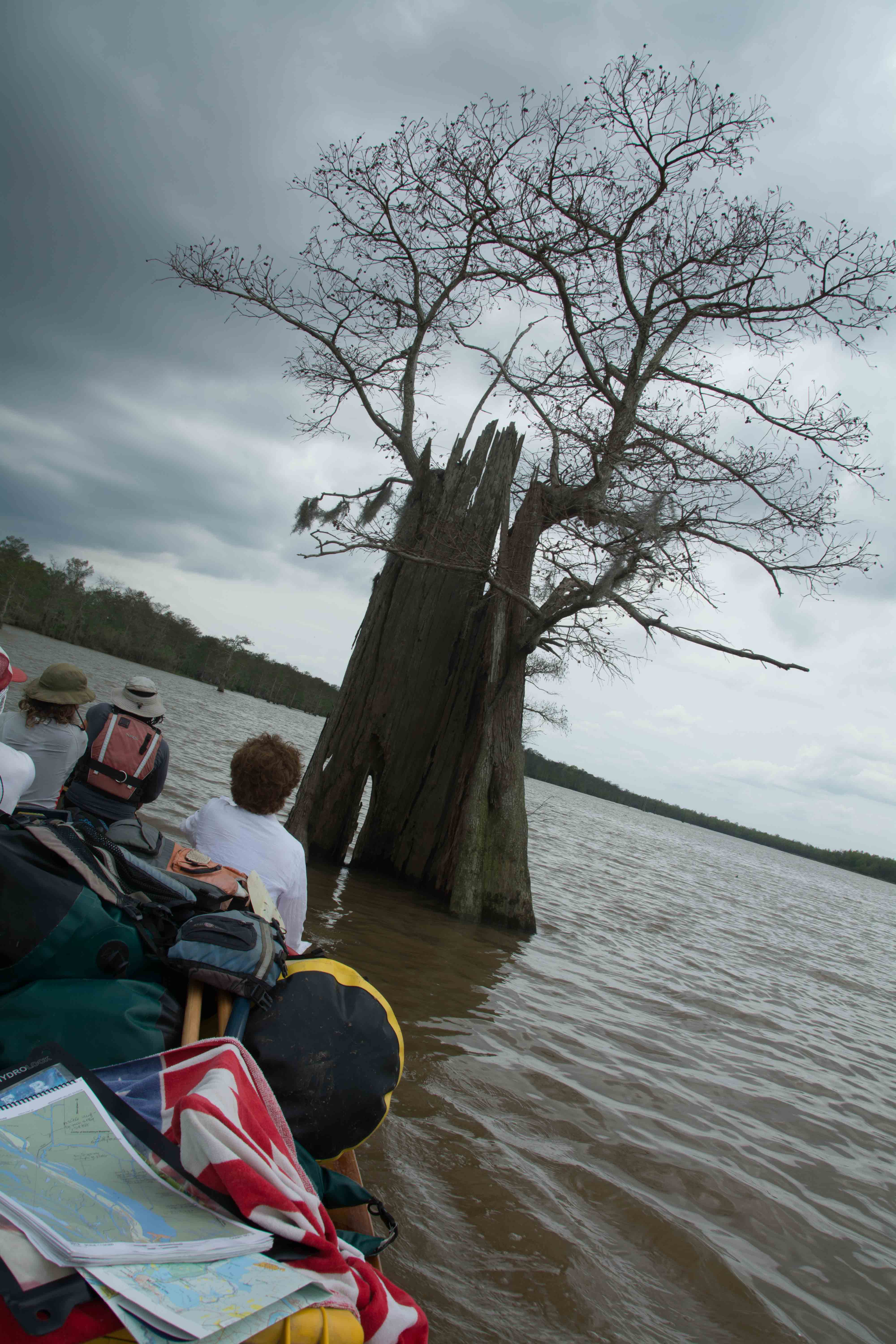
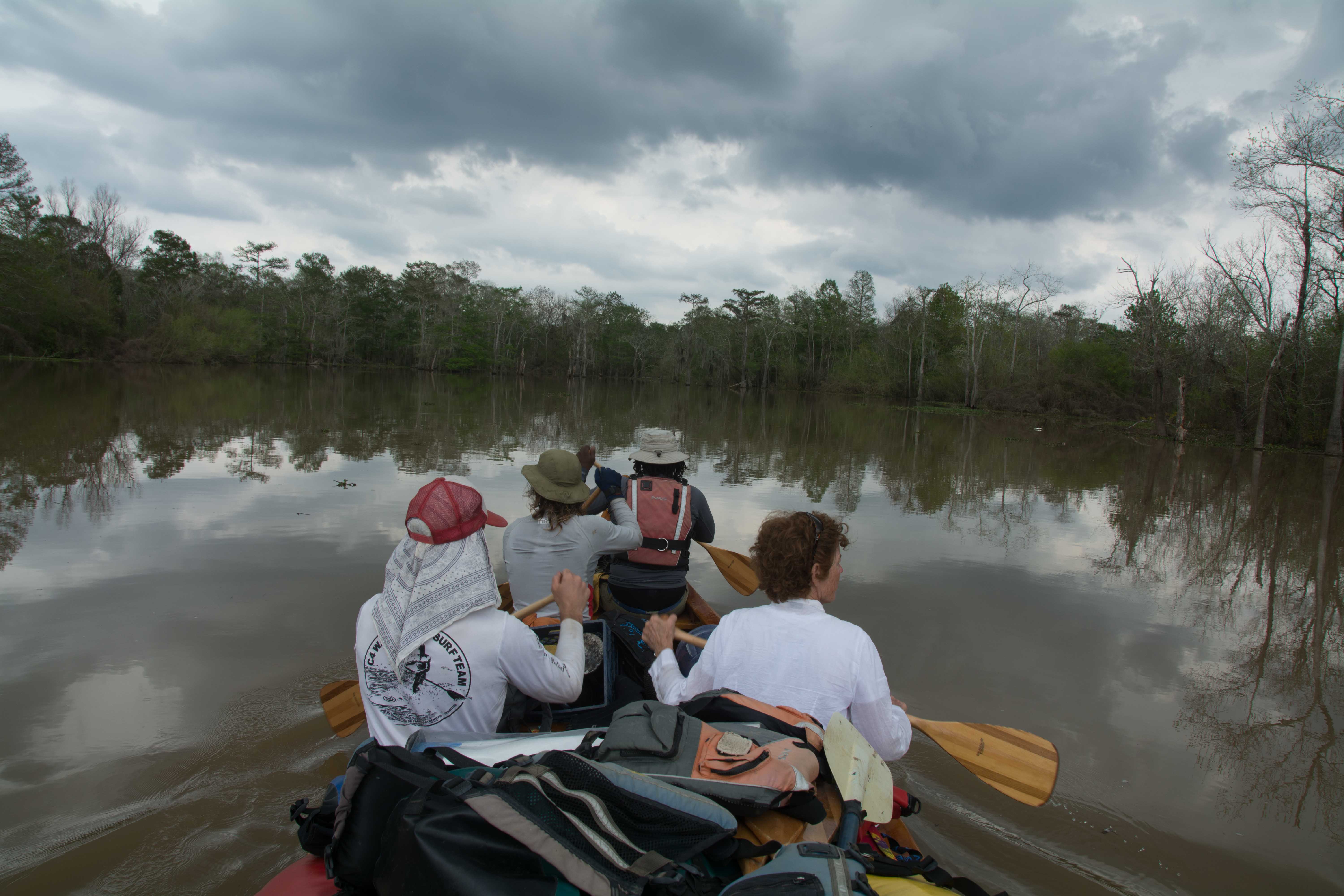






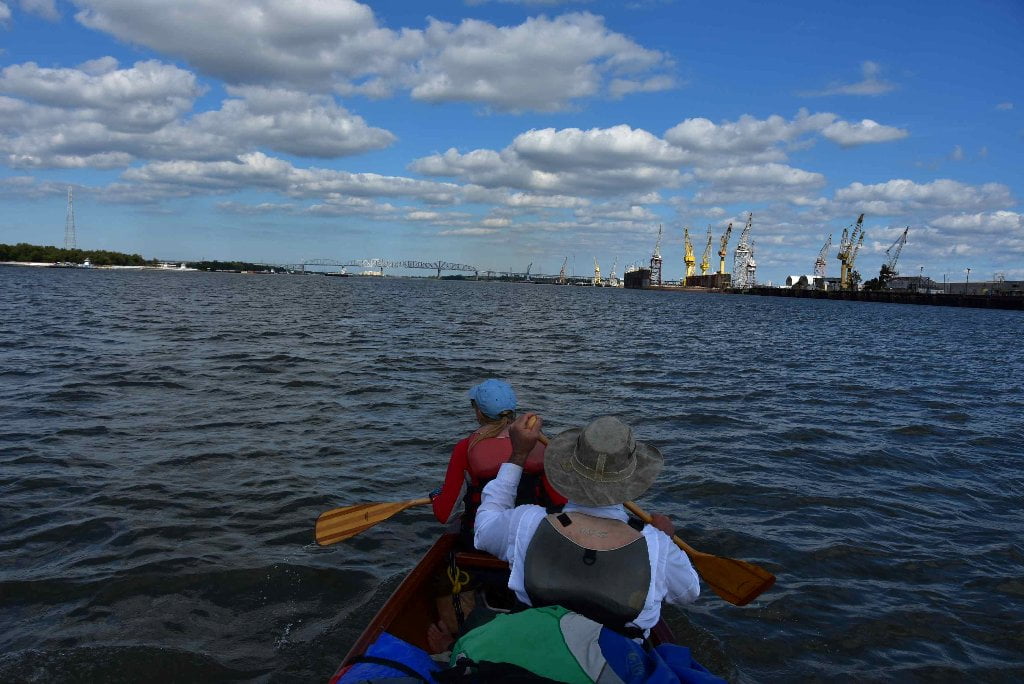

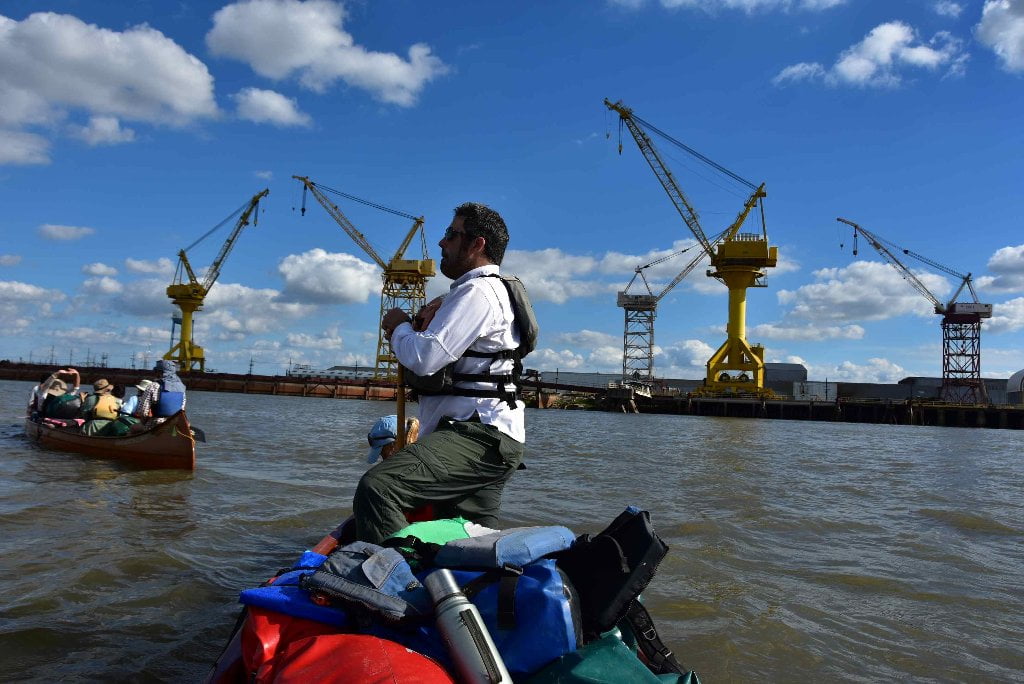
Leave A Comment
You must be logged in to post a comment.